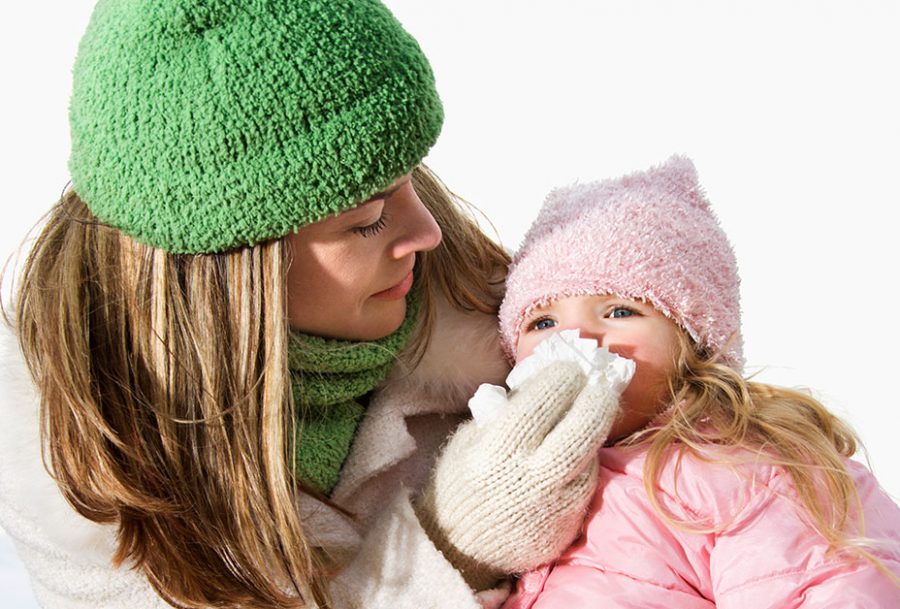RSV cases spike this October
November 14, 2022
Respiratory Syncytial Virus (RSV) cases spike this fall nationwide affecting young children and infants. Department of Health (DPH) officials are concerned about the impact of a “tripledemic”–COVID-19, flu and RSV.
What is RSV?
RSV is a respiratory syncytial virus commonly found in infants and small children. It can have a higher chance of being severe for young children because their immune system is still developing. With the combination of COVID-19 and the flu all being other respiratory related viruses, all of these can weaken the immune system and lead to infections such as bronchiolitis, inflammation of the small airways in the lung, as well as pneumonia.
“We’ve yet to reach peak flu season and we’re not sure if we’ve reached peak RSV season,” Dr. Kara Starnes said in an article in the Fort-Worth Star-Telegram.
RSV can be prevented early on when looking for these symptoms:
- Wheezing
- Trouble breathing
- Fever
- Sneezing
- Coughing
- Runny nose
- Decrease in appetite

If a family member(s) has or is susceptible to catching RSV, The New York State Department of Health states prevention methods include the following:
- Staying up to date with COVID-19 shots
- Annual flu shot
- Practice hygiene
If a family member has a respiratory virus, keep elders and young children isolated from them.
In the article in the New York Times, the infection can be “somewhat unpredictable.” RSV can be a serious matter and each year it leads to 58,000-80,000 hospitalizations.
The graph shows RSV tests and cases since July. Source: Texas Human and Health Services
















